This report, the overview document for the report series ‘Strong Neighborhoods, Strong Schools,’ presents a process for documenting the contributions of community organizing to improving schools through an Indicators Framework for Education Organizing. The Indicators Framework identifies eight interrelated indicator areas that can be used to describe the work of education organizing and its accomplishments. The Framework is based on nineteen telephone interviews and five case studies of community organizing groups across the country working for school improvement, along with a review of relevant literature. The report also presents a theory of change, based on analysis of selected education organizing campaigns from the case study groups, which links accomplishments in the indicator areas to school improvement. According to the theory of change: 1) positive change in three areas – leadership development, community power, and social capital-contributes to building community capacity; 2) increased community capacity leads to public accountability, through which educators, parents and community members, public officials, the private sectors, and others make public commitments to which they can be held; and 3) increases in public accountability create the political will to produce advances in those indicator areas – equity, school/community connections, school climate, and curriculum and instruction – which have been found to be directly associated with improving schools and student achievement. Subsequent chapters of the report discuss variations in education organizing strategies and goals across different settings, explain the unique contributions of community organizing to school reform, and offer recommendations of ways in which educators and funders can support the work of education organizing.
Strong Neighborhoods, Strong Schools: Successful Community Organizing for School Reform
Eva Gold , Elaine Simon , Chris Brown
Date: March 2002
Related Publications
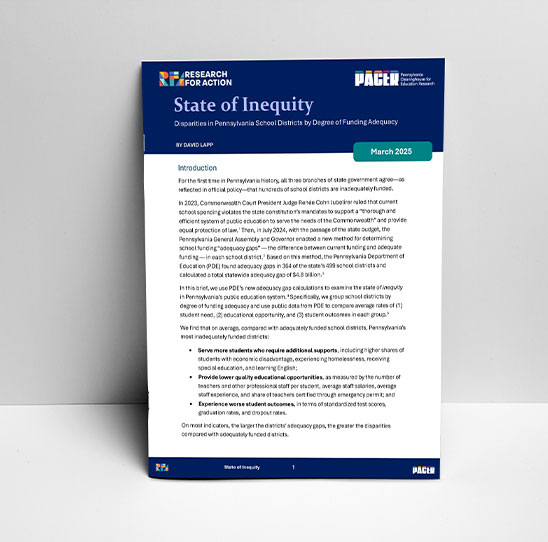
Publication
State of Inequity: Disparities in Pennsylvania School Districts by Degree of Funding Adequacy
David Lapp

Publication
Patterns of Student Mobility Among English Learner Students in Public High Schools in Philadelphia
Lindsey Liu, Sean Vannata

Publication
Interim Report 2 on the Implementation, Impact, and Cost Effectiveness of Developmental Education Reform in California’s Community Colleges
Kri Burkander, Dae Y. Kim, Mark Duffy, Lindsey Liu, Taylor Stenley, Keerthanya Rajesh, Sean Vannata
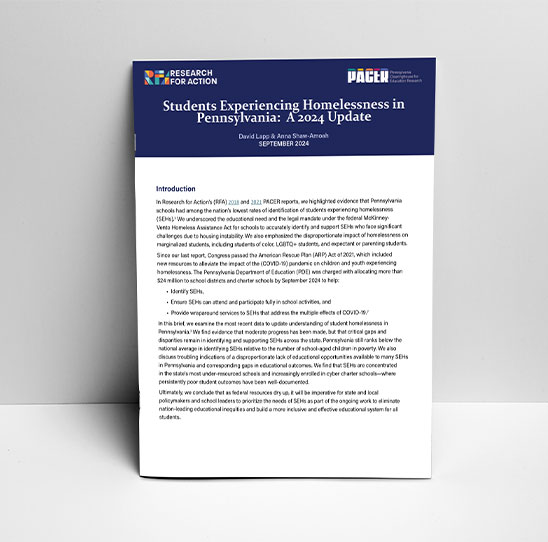
Publication
Students Experiencing Homelessness in Pennsylvania: A 2024 Update
David Lapp, Anna Shaw-Amoah

Publication
The When and How of Keystone Exams in the School District of Philadelphia
Molly Pileggi, Sean Vannata, Alyn Turner
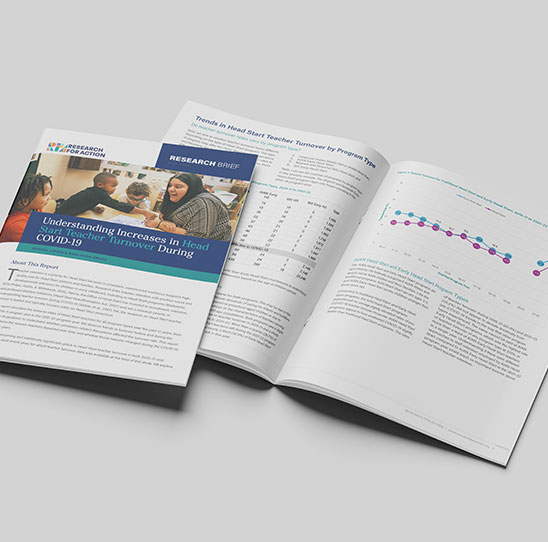
Publication
Understanding Increases in Head Start Teacher Turnover During COVID-19
Kendall LaParo, Anna Shaw-Amoah
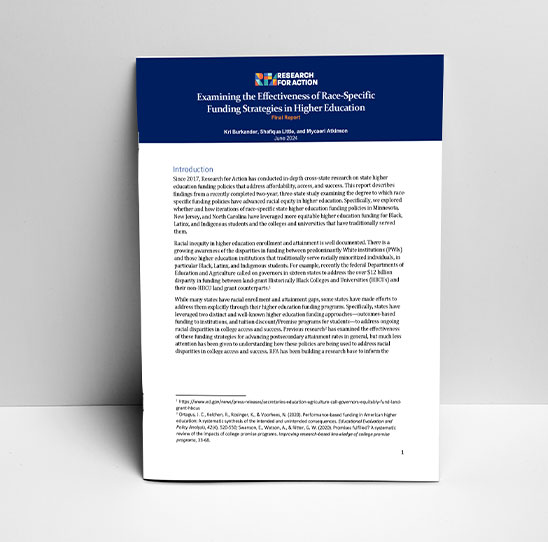
Publication
Examining the Effectiveness of Race-Specific Funding Strategies in Higher Education
Kri Burkander, Shafiqua Little, Mycaeri Atkinson

Publication
“For the Good of the City” An Early Evaluation of the Catto Scholarship
Kri Burkander, Karin Gegenheimer, Alita Robinson

Publication
Revisiting Research on School Closings: Key Learnings for District and Community Leaders
Mary Eddins, Maja Pehrson, Kevin Burgess

Publication
Responding, Reimagining, Realizing: Out-of-School Coordination in a New Era
Tracey A. Hartmann, Wendy McClanahan, Mark Duffy, Leana Cabral, Carolyn Barnes, Ph.D, Brian Christens, Ph.D
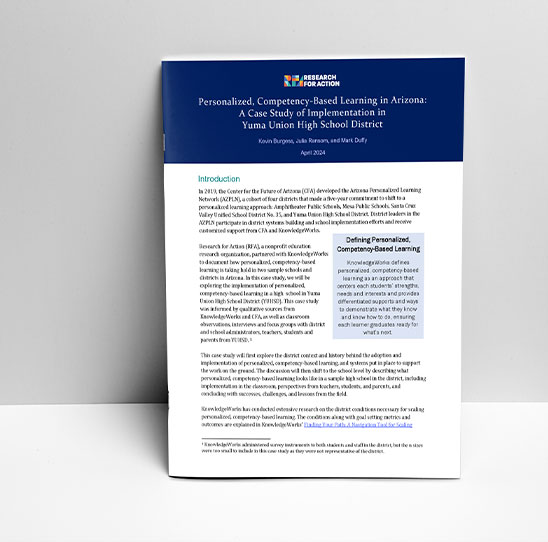
Publication
Personalized, Competency-Based Learning in Arizona: A Case Study of Implementation in Yuma Union High School District
Kevin Burgess, Julia Ransom, Mark Duffy
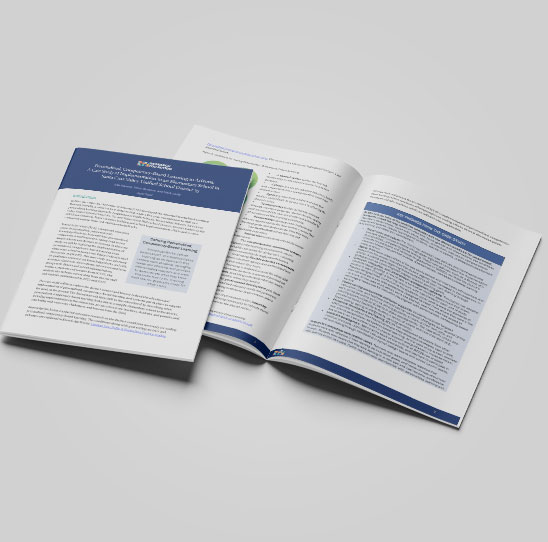
Publication
Personalized, Competency-Based Learning in Arizona: A Case Study of Implementation in an Elementary School in Santa Cruz Valley Unified School District 35
Julia Ransom, Kevin Burgess, Mark Duffy